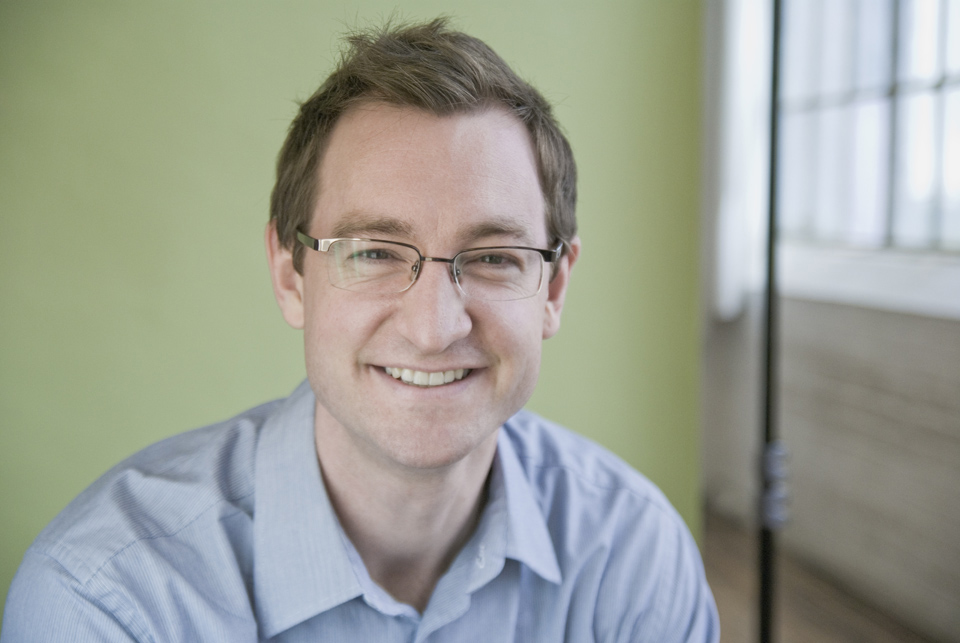When I’m in the clinic and I explain to a new client that I will be doing some needles in the ears today, I often get an odd look. I then point out my oversized auricular (ear) acupuncture (AA) chart on the wall and I inform them that there are over 200 acupuncture points in the ear alone. “What are the points in my ear for?” is the usual question and my response is always the same, “There are points in the ear for every possible condition.” Clients are surprised when I tell them about the wide variety of conditions treated with AA and the large amount of scientific data on this intriguing subject which has accumulated over the last 50 years.
How did it all begin?
Most people are surprised when I tell them the story about how auricular acupuncture got its start. Everyone assumes that AA must have originated in China and although this is true (the first material was discovered in The Silk Book Meridians, written around 500 BCE), the ear points that most acupuncturists use today were established only some 50 years ago. Dr. Paul Nogier, a French neurologist, stumbled upon the powerful workings of AA when he observed a number of Chinese individuals who had undergone a procedure which consisted of mildly cauterizing a specific area of the ear. He was informed that these areas of these areas of the ears corresponded to the low back and were stimulated to help with sciatic pain. Intrigued, Nogier spent the next 15 years accumulating data and eventually developed the standard ear chart that we have today.
How does AA work?
There are a few different theories about how AA works.
The Homunculus Theory: It is believed that the ear is a microcosm for the rest of the body (inverted fetus picture) and by stimulating specific areas on the ear (reflex points), the TCM practitioner is able to influence the health of the corresponding body part.
The Meridian Theory: TCM believes that certain “meridians” or channels of energy (Qi-pronounced chee) circulate and connect to all body parts as well as the ear itself. By stimulating the ear, by way of the meridians, you are able to influence the affected body part.
Modern Thought: From a modern scientific stand-point, AA works because of the stimulation (needle) of the rich nerve receptors on the skin of the ear (eg. the knee area). This stimulates specific somatotopic reflex centres in the brain. The brain then sends signals to the spinal cord through the body’s neurological pathways which influence the neurons in the affected area (sore knee).
There are also theories which indicate that after the stimulation of the auricular acupuncture point, the brain will then release certain neuro-chemicals like endorphins and serotonin. This explains why it is successful for relieving stress, sleeping problems and high blood pressure.
What does AA Treat?
As I mentioned above, specific parts of the external ear connect “electrically” to a corresponding body part and therefore a large variety of health issues can be addressed with AA. In my practise, I will use AA points with every client not matter what the issue. However, the most common problems that are treated with AA tend to be chronic pain, drug and alcohol detoxification/withdrawal management, tension, stress, anxiety and the reduction of high blood pressure.
The NADA Protocol:
NADA stands for National Acupuncture Detoxification Association and is an organization which uses a specific 5 point auricular acupuncture protocol in addiction treatment to help alleviate withdrawal suffering and to support recovery. Founded in 1985, NADA has overseen the spread of the acupuncture detoxification protocol into a number of addiction treatment settings for the treatment of acute and prolonged withdrawal as well as relapse prevention.
The NADA protocol was discovered serendipitously in China during treatments for individuals suffering from post surgical pain and unrelated heroin addiction. Basically, the individuals told their physician that they craved the drug less after the treatment. During the mid-seventies, the protocol made its way to the famous Lincoln Recovery Centre in New York where it was refined and expanded to the 5 point protocol we have today. NADA is now used all over the world in countless hospitals and treatment centres making a difference in thousands of peoples lives everyday. In Ontario, NADA is used at a number of Toronto hospitals including Toronto Western Hospital and St. Joseph’s Health Centre as well as a number of addiction centres.
Who can you get AA from?
Traditionally trained TCM practitioners are the most experienced when it comes to treating common health conditions with AA. However, some practitioners will take additional training in auricular acupuncture to further expand the scope of their practise. When it comes to the treatment of addictions, it is important to find a practitioner with training in this specific area. Addiction Detoxification Specialist (ADS) is the official title of individuals who have trained in the NADA protocol and are the appropriate people to seek when looking for this kind of therapy.
Drew is a NADA trained ADS and uses auricular acupuncture consistently in his practise. Contact Drew today for more information.



